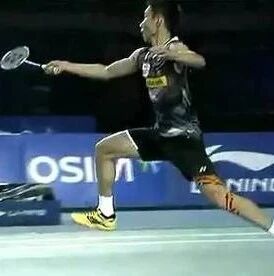Five badminton footwork techniques to get you online fast!
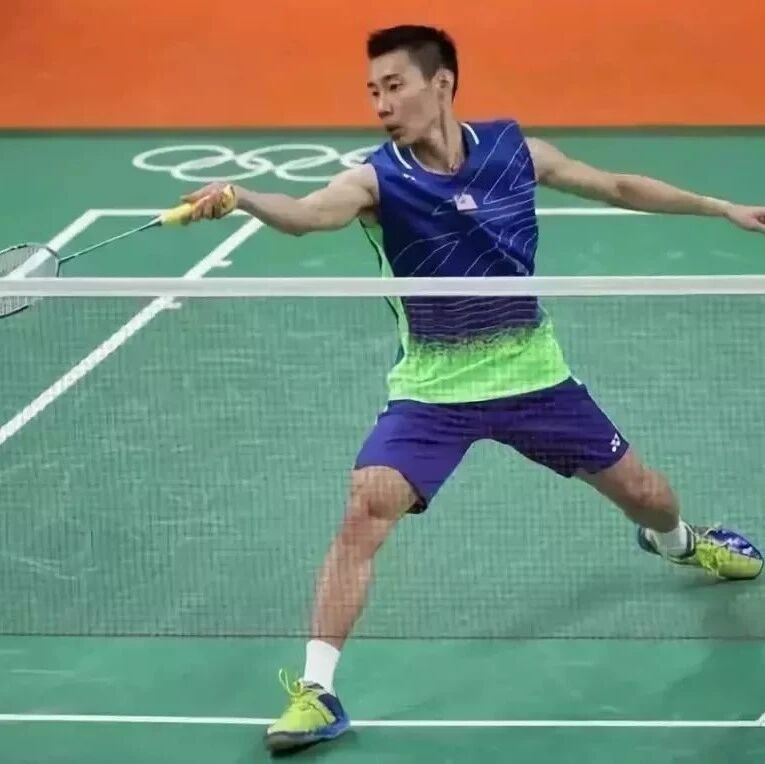
Everyone knows it’s easier to move forward on the court than to retreat—but if you don’t execute your forward movement properly, that, too, becomes a persistent issue on the court. Today, let’s talk about net approach footwork.
Net approach footwork refers to the movement technique used to advance from the center of the court toward the net area, and it can be categorized into forehand net approach, backhand net approach, and jump-and-drive net approach for volleys.
The preparatory stance before stepping onto the court is always the same: stand at the center of the court with your feet shoulder-width apart, placing your weight on the balls of your front feet.
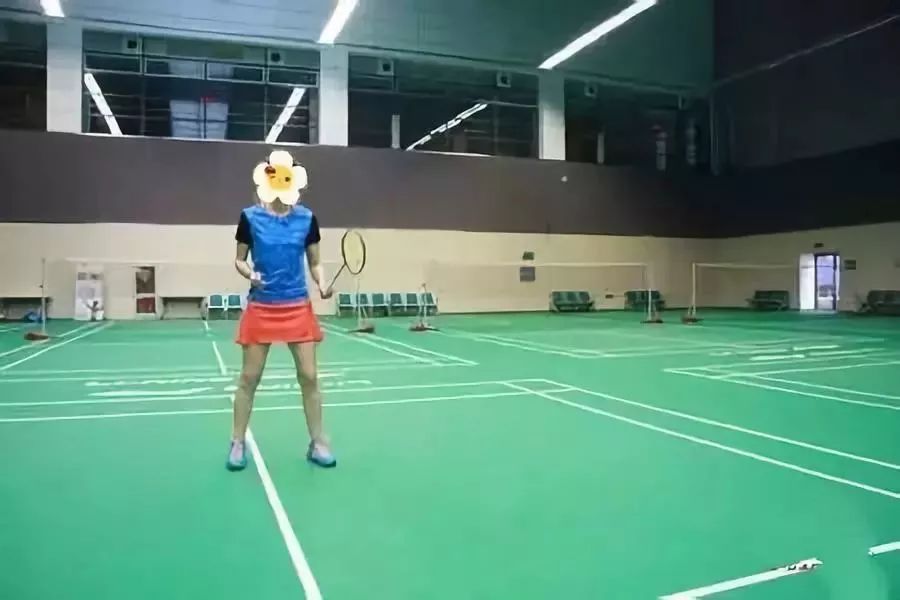
Hold the racket with your dominant-hand-side foot slightly forward.
Slightly lift the heel of your back foot, lean your upper body forward slightly, place the foot on the same side as your racket-holding hand slightly ahead, and keep both eyes focused on the incoming ball.
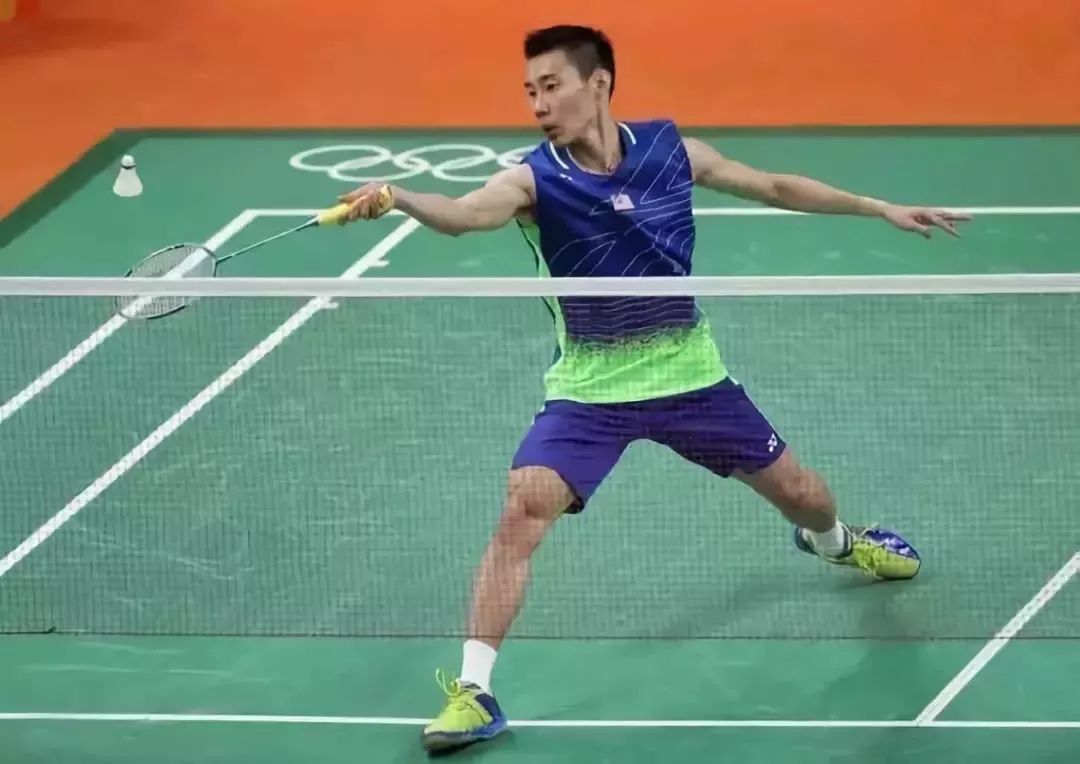
The following descriptions are all based on the assumption of holding the racket in your right hand.
After judging the incoming ball and determining it’s relatively close to your body position, forcefully push off the ground with your left leg, then step forward sharply with your right foot—landing first on the outer side of your heel, followed by the ball of your foot, and finally transitioning into a forefoot strike. At the same time, lean your upper body slightly forward, bending your right knee joint into a lunge position.
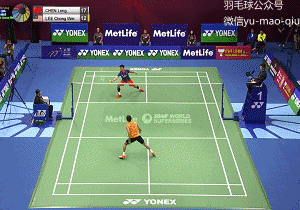
After hitting the ball, push off the inner side of the forefoot of your right foot and step back to the center position.
Push off forcefully with the front leg to absorb the impact and stabilize your body, then gently shift your left foot forward by about half a step toward where it will land, maintaining the proper hitting stance.
Used when the ball is close to the net and the batter aims for a high contact point.
When judging that the incoming ball is a net play, lightly jump with both feet to shift your weight onto your left foot, then push off forcefully with your left foot while stepping forward with your right foot in one large stride toward the ball, enabling your body to quickly move in its direction.
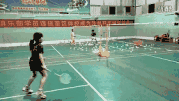
Lightly jump, shifting your weight onto your left foot.
After hitting the ball, land first with your right foot and immediately apply braking motion as you quickly return to the center of the court, ready for your next shot.
After moving the right foot forward one step, bring the left foot up alongside the right heel with a small step, then immediately push the right foot forward again into a cross-step.
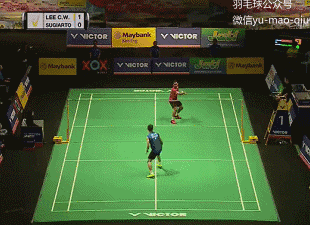
Three-step parallel-footwork forehand net approach
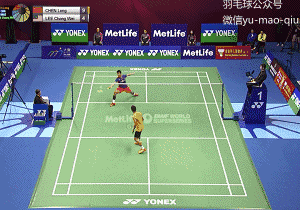
Three-step parallel-footed backhand net approach step
After accurately judging the incoming ball, take a small step forward with your right foot, then immediately follow by placing your left foot slightly to the right of your right foot—or alternatively, cross your left foot behind your right foot for a quick, compact movement.
After landing on the left foot, push off forcefully with the inside of the left foot, then step forward into a lunge position with the right foot, taking a large stride toward the net.
Immediately afterward, the left foot naturally steps forward about half a step toward the landing position, with the body's weight shifting onto the front foot.
After hitting the ball, step back with your front foot by pushing off the ground, then return to the center position using small steps, crossover steps, or side steps.
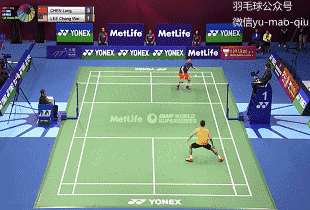
Move laterally to the net with a step or crossover step on the left side—this technique mirrors the movement pattern used for stepping and crossing over to the net on the right side, but in the opposite direction.
The body leaps into the air with swift, sudden movements, fully leveraging the power generated from the legs and feet. Once the feet are properly positioned, players often employ a jumping approach step to reach for high, precise shots at the net—commonly used for forehand and backhand net rushes in the frontcourt.
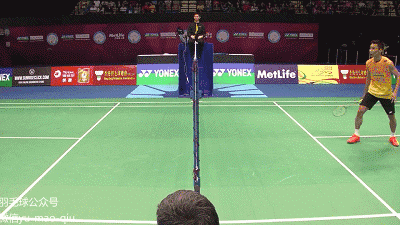
When preparing to repeatedly play a net shot, use one foot to push off the ground, lean your body forward, and quickly jump forward to reach the highest point for an effective return.
Lean your upper body forward, shifting your weight onto the leg on the same side as your racket-holding hand, while keeping the other leg steady to maintain balance.
After hitting the ball, the foot on the same side as the racket-holding hand lands and brakes, while the opposite foot follows, helping to maintain body balance.
The entire jump is essentially performed by one leg, while the other leg serves to maintain balance—its takeoff direction is forward.


Related Articles

Three Olympic champions and their complicated love triangle! A male athlete marries his girlfriend’s best friend, but the girlfriend retaliates by tying the knot with her own younger protégé.

Rumors surface online: Is Chen Long about to officially announce his retirement? Recently, he was spotted coaching the Chinese national badminton team as an expert.
